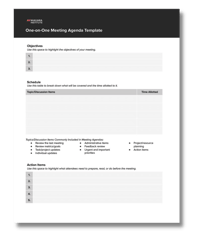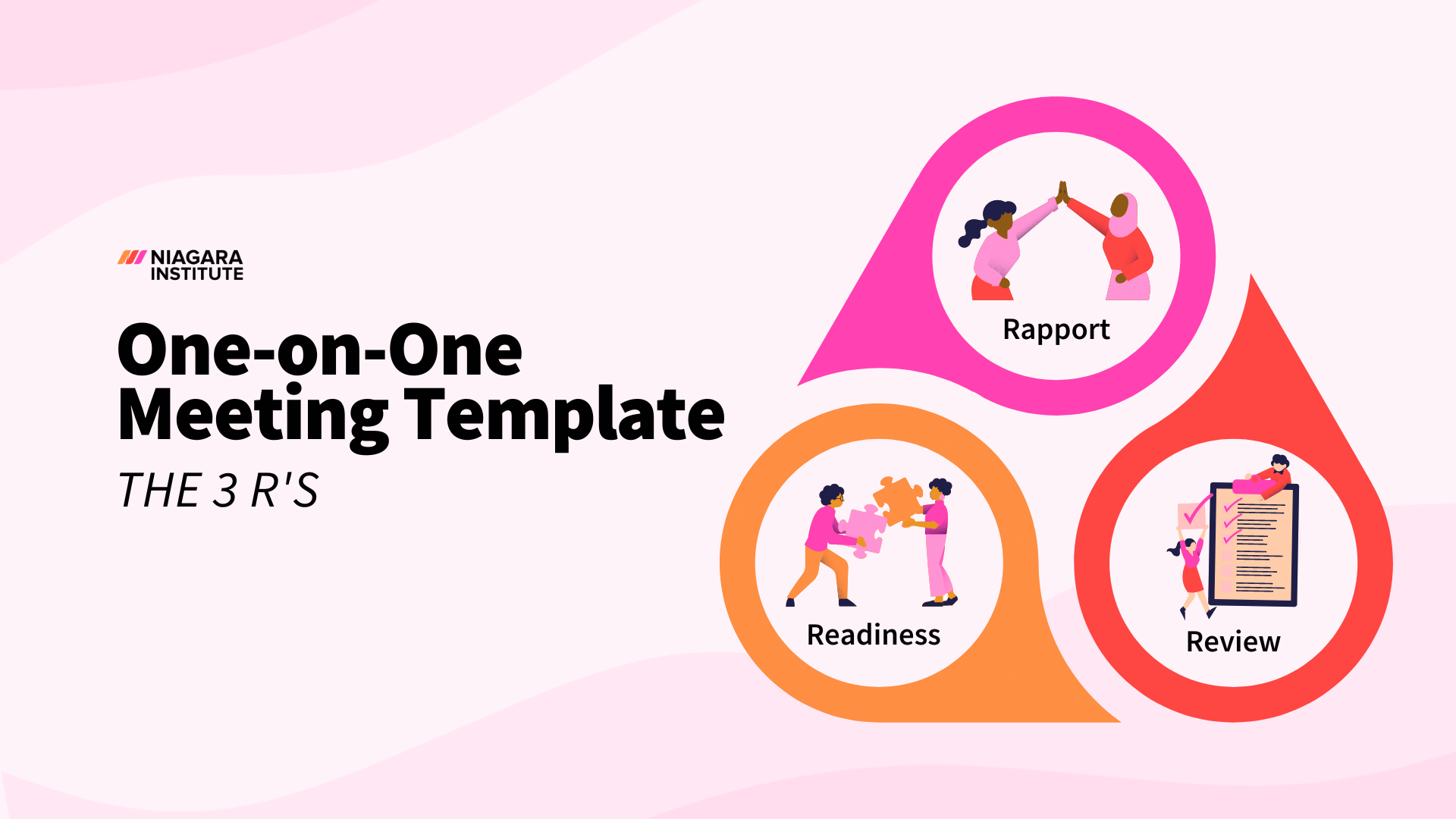8 min read
How To Prepare For a 1 on 1 Meeting (+Agenda Template)
No one should go into a one-on-one meeting unprepared. If you do, it can send a message to the person you’re meeting with that you don’t fully...
3 min read
 Michelle Bennett
:
Oct 12, 2022 6:30:00 AM
Michelle Bennett
:
Oct 12, 2022 6:30:00 AM
.png)
In leadership, your schedule is packed, your workload is heavy, and everyone seems to need your attention. Unfortunately, all of this can make it challenging to connect with your employees and genuinely lead them in the ways they need you to.
For that reason, recurring check-in meetings exist. They’re an opportunity for you to get status updates on projects, offer feedback, and provide coaching; they’re also a chance for your employees to get the information and answers they need to continue doing their job as best as possible.
In the following article, we’ll review the definition of a check-in meeting and why they’re important, provide a list of employee check-in questions, and leave you with a check-in meeting template you can apply immediately.
A check-in meeting is when a leader meets one-on-one with each of their employees to receive updates, offer feedback or support, and generally build rapport. This type of meeting typically occurs weekly or bi-weekly and requires 30-60 minutes to complete, although this can vary depending on your schedule and your employee's unique needs.
You might also hear check-in meetings, referred to as one-on-one meetings, touch base meetings, or catch-up meetings.
First off, check-in meetings are essential for employees because, depending on how busy you are and the nature of your work, it might be one of the few chances they have to speak with you directly and privately in a given period. Therefore, employees will rely on your check-in meetings to provide you with updates, get your approval, ask questions, receive feedback, and seek help or guidance to do their job to the best of their ability.
Not to mention, check-in meetings are vital for you as a leader as they allow you to monitor and assess your employee’s progress, engagement, and performance. It also allows you to provide timely coaching, discuss professional goals, course-correct employees, and initiate career conversations.
A big part of effective meetings is asking good employee check-in questions that encourage honest, two-way communication. To give you an idea of meeting check-in questions you should be asking; we’ve put together the following list you can pick from.
Now that you know the purpose of a check-in meeting and have a list of good questions to ask, you may wonder what your meeting agenda should look like.
Ideally, your check-in meeting will consist of three parts: small talk and relationship building, status updates, and the big picture.
.png?width=1920&name=Check-In%20Meeting%20Template%20(1).png)
In the first part of the meeting, focus on getting to know your employees as people with lives and interests beyond the office. Whether you spend this time talking about their family or the latest hit show on Netflix, be sure not to skip this or rush this part, as this is where strong working relationships form.
During the next part of your check-in meeting, your employee should provide you with status updates on their current projects or problems and come prepared with a list of things that they either need your feedback or approval on. Also, at this point, you should begin asking questions (such as questions 1-8 above) to gauge how they are handling their workload and how you can help them.
To conclude your check-in meetings, take some time with your employees to discuss the bigger picture, including their career goals, professional vision, and learning and development needs. This is referred to as a “career conversation” and is highly valued by today’s workforce. In fact, 82% of employees who have career conversations with their manager more than once a month said they felt highly engaged compared to 53% of those who only talk about their career once a year or less.

Now that you know what check-in questions you will ask and how you will structure your meeting, the final step is setting the agenda. To make the process as easy as possible, we've created an editable agenda template for you to use in your one-on-one meetings with employees.
The check-in agenda hits on three core elements: the objective of the meeting, the schedule of items to discuss, and the action items agreed upon during your time with your employee. It's a great way to capture everything.
.png)
8 min read
No one should go into a one-on-one meeting unprepared. If you do, it can send a message to the person you’re meeting with that you don’t fully...

5 min read
As a leader, the last thing you want an employee to think when you send an invite for a one-on-one meeting is, “What have I done wrong.” This can...
.png)
6 min read
Weekly team meetings are a staple in the lives of many teams in the workplace. The purpose is to help ensure the team remains connected to each...